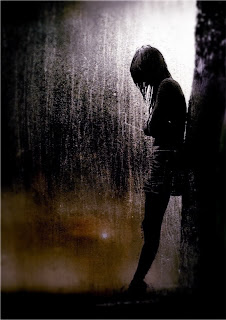DUNKINIZATION: "Dunkin Into Business..."

AMERICA
A conglomerating community of consuming individuals, and the purchases of products and industrial alliances.
Quantity vs. Quality
ON
An Adverb that describes the forward procedure to participate in an act. The relationship and influence of the organization (Dunkin Donuts) and the American individual.
RUN
A verb identifying Americas fast pace culture and the impact it provokes on the American civilian’s lifestyle.
DUNKIN DONUTS (DD)
Another flourishing fast food market established in American society, of which is launching their own and new trend to main stream culture; coffee, doughnuts, and bagels.
DUNKIN DONUTS LOGO
The picture of Dunkin Donuts sign reveals coffee as the main consumption of the company’s products; as well as the company’s brand name posses the title “Donuts.” This captures the ideal advertisement of coffee and doughnuts being a part of the growing industry.
DUNKIN DONUTS ENTRANCE
The picture presents a gateway to how “we”, the public, enter and become a contributing source to the Dunkin Donut industry… already equipped with a suggestive advisement, “Pair Coffee with a Muffin,” to consumer more.
DISPLAY CASE
This picture captures the quantity of products produced, half of which are not consumed and thrown away on a daily basis. The amount shown in the display window sets a demand on impulse control and the “Gotta have it!”motive.
INSIDE DUNKINS
A picture of the materialistic efforts Dunkin part takes in their facility. By incorporating a civilized establishment for engaging activity this allows the public to be sustained and welcomed to the Dunkin Donuts atmosphere.
LINE AT DUNKS
A shot taken of the line at Dunkin Donuts demonstrates the relationship between the civilian’s quality of time and the company’s ability to promote their product effectively. The picture displays how People will yield the time from their individual lives and spend it to consume products.
DUNKIN ON COLLEGE CAMPUS
A photograph of Dunkin Donuts facility located on a college campus, highlighting its preferred valued amongst college living. This shows Dunkin’s progress to modernize within society to build an appealing name for themselves.
STARBUCKS
This picture identifies the competitive factor tied to Dunkin Donuts. The Starbucks facility has developed their own image to witch extent is similar to Dunkin Donuts role played in society; however, Starbucks represents a more refined image over Dunkin’s secondary class.
HOLYOKE MALL
A picture of the mall, America’s biggest rise of consumerization. Where the creation of multicultural properties combine and establish a place for society to consume and profit on multiple levels.


























